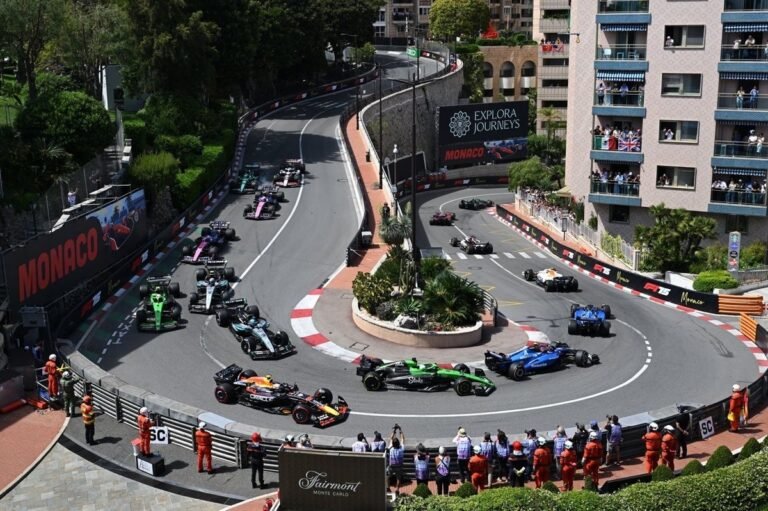Monaco Grand Prix 2025: Strategic Adjustments and Controversial Tactics
The 2025 Monaco Grand Prix decided to break from tradition, implementing a new tire strategy regulation that mandated each driver to utilize three sets of tires, thereby necessitating at least two pit stops unless a red flag occurred. This was a direct response to the criticisms following last year’s race, which was termed a "procession" by Red Bull team principal Christian Horner.
Strategic Implications
The new rule certainly added a layer of strategic complexity, leading to multiple scenario possibilities throughout the race. Although overtaking remained challenging, the varied tire strategies did lead to potential game-changers such as safety car deployments. Red Bull’s Yuki Tsunoda attempted an early pit stop that didn’t pay off, while both Racing Bulls and Williams executed effective team tactics, securing double points finishes.
Mercedes, on the other hand, remained stagnant, with George Russell’s illegal maneuver at the Nouvelle Chicane summarizing their lack of strategic initiative, leaving them point-less at the end.
Diverging Opinions
In the aftermath, drivers expressed mixed feelings regarding the new strategy. While Lando Norris questioned the merit of what he termed “manufactured races,” Max Verstappen humorously associated the proceedings with a video game, suggesting the next step might be to incorporate power-ups. Alexander Albon and Carlos Sainz also criticized the artificiality of the race, with Sainz highlighting the manipulative tactics the new rules prompted, which he felt diluted the core essence of competitive racing.
Fundamental Challenges
Despite the strategic layer added by the mandatory pit stops, the underlying issue remains: overtaking is notoriously difficult in Monaco. This year’s events only underscored the challenge, as tactics of slowing down the pack became more pronounced. Drivers, including Fernando Alonso in previous seasons, have utilized similar strategies, showcasing how current vehicles struggle to navigate the narrow confines of the circuit.
Future Considerations
Now, the discussion shifts towards other potential solutions. Notably, Mercedes team principal Toto Wolff suggested introducing a minimum lap time to curb the slowing tactics, while Horner proposed a reevaluation of the Monaco layout to promote overtaking opportunities. While these ideas hold merit, their execution remains complex due to Monaco’s unique urban infrastructure.
As F1 adapts to maintain its prestige, the choice remains clear: either accept Monaco as a unique circuit with inherent limitations or reconsider its future on the calendar. The excitement of qualifying sessions in Monaco is undeniable, providing a blend of skill and drama that continues to justify its place in the Formula 1 realm until at least 2031.
In summary, while strategic adjustments in the Monaco Grand Prix added intrigue, the fundamental challenges of overtaking in this iconic setting persistently overshadow progress, prompting ongoing debates about the circuit’s role in the future of Formula 1.



